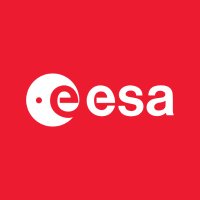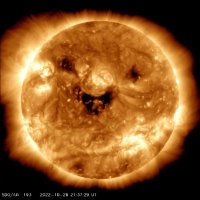
ESA Science
@esascience
Science @ the European Space Agency, keeping you posted on European space science activities
ID: 103865085
http://www.esa.int/science 11-01-2010 14:17:19
15,15K Tweet
423,423K Followers
405 Following




We've never seen this part of the Sun before! ☀️ 👀 The European Space Agency /NASA Solar Orbiter spacecraft has revealed the first-ever images of the Sun’s polar regions, previously hidden parts of the Sun newly visible thanks to the spacecraft’s uniquely “tilted” orbit. The new images





